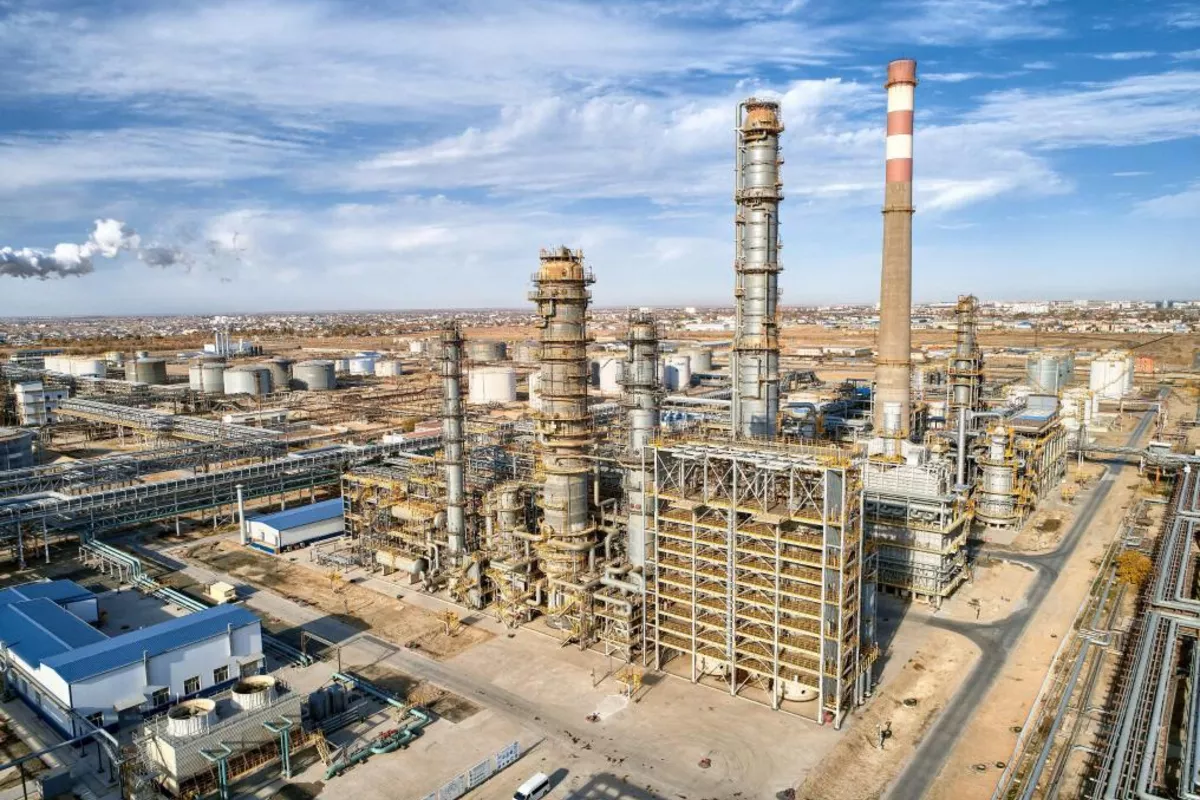
Photo: Astana Times
The Kazakh government has approved a long-term strategy to significantly expand and modernize the country’s oil refining sector, with plans to more than double refining capacity from the current 18 million to 39 million tons per year by 2040.
The 15-year roadmap outlines a dual approach to growth: upgrading existing refineries and building a new integrated petrochemical complex, The Caspian Post reports, citing Kazakh media.
The initiative also sets a target of increasing refining depth-the proportion of crude oil converted into high-value products-from 89 per cent to 94 per cent, enhancing overall efficiency and reducing waste.
In recent years, Kazakhstan has modernized its three key refineries-Atyrau, Pavlodar, and Shymkent-raising the national refining capacity to 17 million tons per year. These facilities now produce fuels that meet Euro-4 environmental standards or higher, enabling Kazakhstan to satisfy 90-95 per cent of domestic fuel demand.
The new strategy is designed to address broader global challenges and opportunities, including a projected 2-3 per cent annual increase in oil product demand in Asian markets through 2030, and the global shift toward decarbonization.
One of the key goals is to ensure the domestic market remains fully supplied with high-quality petroleum products, as local consumption is expected to rise by 1.5-2 per cent annually, driven by urbanization and industrial growth.
In addition, the government aims to increase exports to 30 per cent of total refined output by 2040, with a focus on high-demand markets such as China, India, and Central Asia. The strategy also prioritizes the development of the petrochemical sector, with plans to expand into polymers, fertilizers, and other value-added products-efforts that are projected to draw up to $5 billion in investment.
With proven oil reserves of 30 billion barrels, Kazakhstan hopes the new strategy will also serve as a magnet for foreign investment and advanced technologies. The first phase of implementation is scheduled for 2025, beginning with pilot projects focused on refinery digitization and automation.
Share on social media